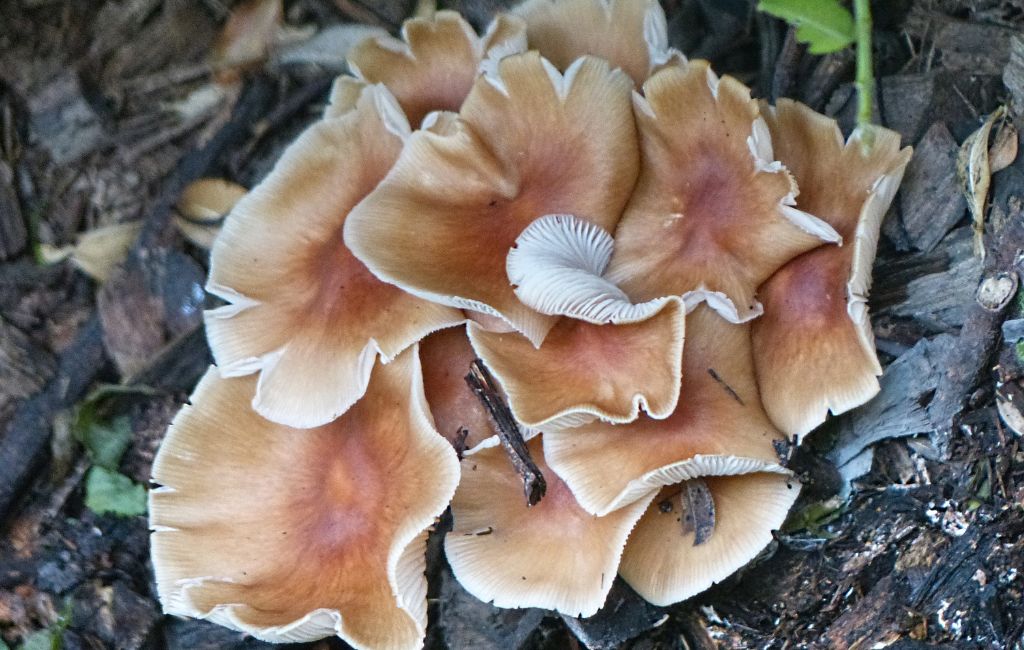Overview of Fungi Mushrooms with the Most Iconic Scenery
Fungi mushrooms are a common sight in nature and can be found in a variety of shapes, sizes, colors, and texture. There is an infinite array of images associated with these mushrooms. Some may bring to mind ancient woodland scenes or fairytale forests; others might evoke memories of childhood adventures or enchanted gardens. Despite the variety of settings and memories, there are some fungi mushrooms that have become iconic for their scenery.
Amanita muscaria, also known as the fly agaric mushroom, is one of the most recognizable species of fungi due to its vibrant red coloring covered with white spots. It is commonly found in forests of birch, pine, and spruce across Europe, North America, Asia, and North Africa. The fly agaric mushroom is often depicted in fairy tales and children’s stories as a way to transport the characters into a magical world.
Another iconic fungi species is Boletus edulis or the king bolete mushroom. This one is a lot less colorful than the fly agaric, but its distinct shape sticks out in any forest. The king bolete mushroom has a large, round cap with yellow-brown coloring and white pores on the underside. It can be found growing in woodlands around Europe, North America, and parts of Asia.
Benefits of Eating Fungi Mushrooms
In addition to their iconic scenery, fungi mushrooms have a range of health benefits. Many species are full of vitamins and minerals that can boost the immune system, improve digestion, and even help reduce inflammation. Fungi mushrooms are also rich in antioxidants which can protect against cell damage caused by free radicals. Eating them regularly may even lower the risk of certain diseases, such as cancer and heart disease.
Fungi mushrooms are a delicious addition to many recipes, from soups and salads to stir-frys and pizzas. They can also be used as a meat substitute for those looking to eat less animal products. Their earthy flavor pairs well with garlic, herbs, and spices to create a variety of dishes.
Types of Fungi Mushrooms with the Most Iconic Scenery
Fungi mushrooms come in a range of shapes, sizes and colors. From the vibrant red fly agaric to the yellow-brown king bolete, each species has its own unique characteristics.
Some other examples of iconic fungi include:
- Chanterelle mushrooms – These orange or yellow colored mushrooms have a trumpet-like shape and an earthy, nutty flavor. They are commonly found in North America, Europe, and parts of Asia.
- Shaggy Mane mushrooms – These tall white mushrooms have scaly caps that can grow up to 10 inches in diameter. They are typically found in grassy areas or woodlands across Europe, North America, and Asia.
- Hedgehog mushrooms – These yellow-brown fungi have soft spines on their caps that look like the spikes of a hedgehog. They are most commonly found in Europe and North America.
How to Prepare and Cook Fungi Mushrooms with the Most Iconic Scenery
Fungi mushrooms can be cooked in a variety of ways, from grilled to sautéed. Before cooking them, it is important to remove any dirt or debris by brushing off the surface gently with a soft brush and rinsing with cold water. It’s also important to cook them thoroughly as some species may contain toxins that might be harmful if eaten raw.
For recipes involving mushrooms with a strong flavor, such as chanterelles or hedgehog mushrooms, it is best to sauté or pan-fry them in butter or oil to bring out their full potential. For dishes that require a more delicate taste, like shaggy mane mushrooms, simmering in a flavorful liquid such as beef broth can bring out their earthy flavor.
Fungi mushrooms are an excellent way to add texture and flavor to any meal. With a variety of species possessing iconic scenery, there is always something new and exciting to try.
Tips for Growing Your Own Fungi Mushroom at Home
Growing fungi mushrooms at home can be a fun and rewarding experience. There are a few things to keep in mind when getting started:
- Choose the right species for your climate – some species prefer colder temperatures while others thrive in warmer climates.
- Purchase or gather spores from an established source – this will ensure you get quality, disease-free mushrooms.
- Use the right substrate – different species prefer different types of material as a base for growth, such as wood chips or sawdust.
- Provide the right environment – fungi mushrooms need moisture and air circulation to thrive so make sure your setup includes adequate drainage and ventilation.
Creating a Natural Habitat for Wild Fungi Mushroom Growth
Creating a natural habitat for wild fungi mushroom growth is an excellent way to ensure the sustainability of these species for years to come. Start by selecting a moist, shaded area in your garden or local park and make sure it gets adequate air circulation.
Once you have found a suitable location, add organic matter such as leaves, compost, or wood chips to the soil to create a hospitable environment for fungi. You can also introduce spores by adding prepackaged mushroom kits or collecting and spreading wild spores.
With regular maintenance such as raking fallen leaves, controlling weeds and pests, and watering during dry spells, you can create an ideal habitat for wild mushrooms to thrive in.
Final Thought – Fungi Mushrooms with the Most Iconic Scenery
Fungi mushrooms with the most iconic scenery can be found all over the world in a variety of habitats. These fungi are incredibly versatile and can be cooked in numerous ways to bring out their unique flavors and textures. Whether you choose to grow your own or simply enjoy them in their natural state, these fascinating organisms offer something for everyone.
